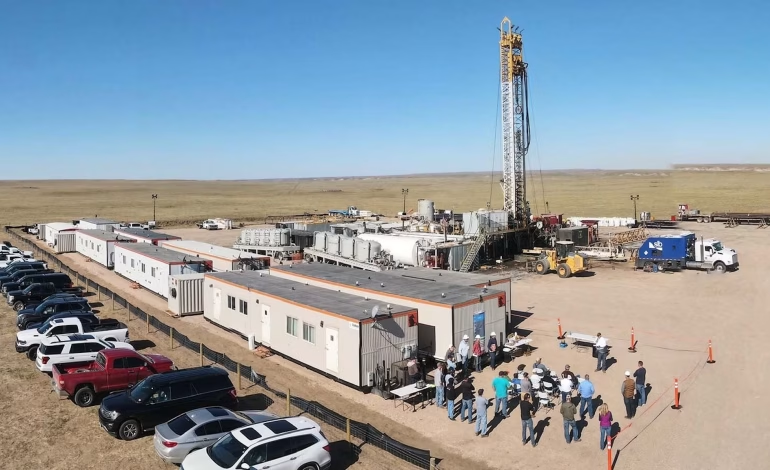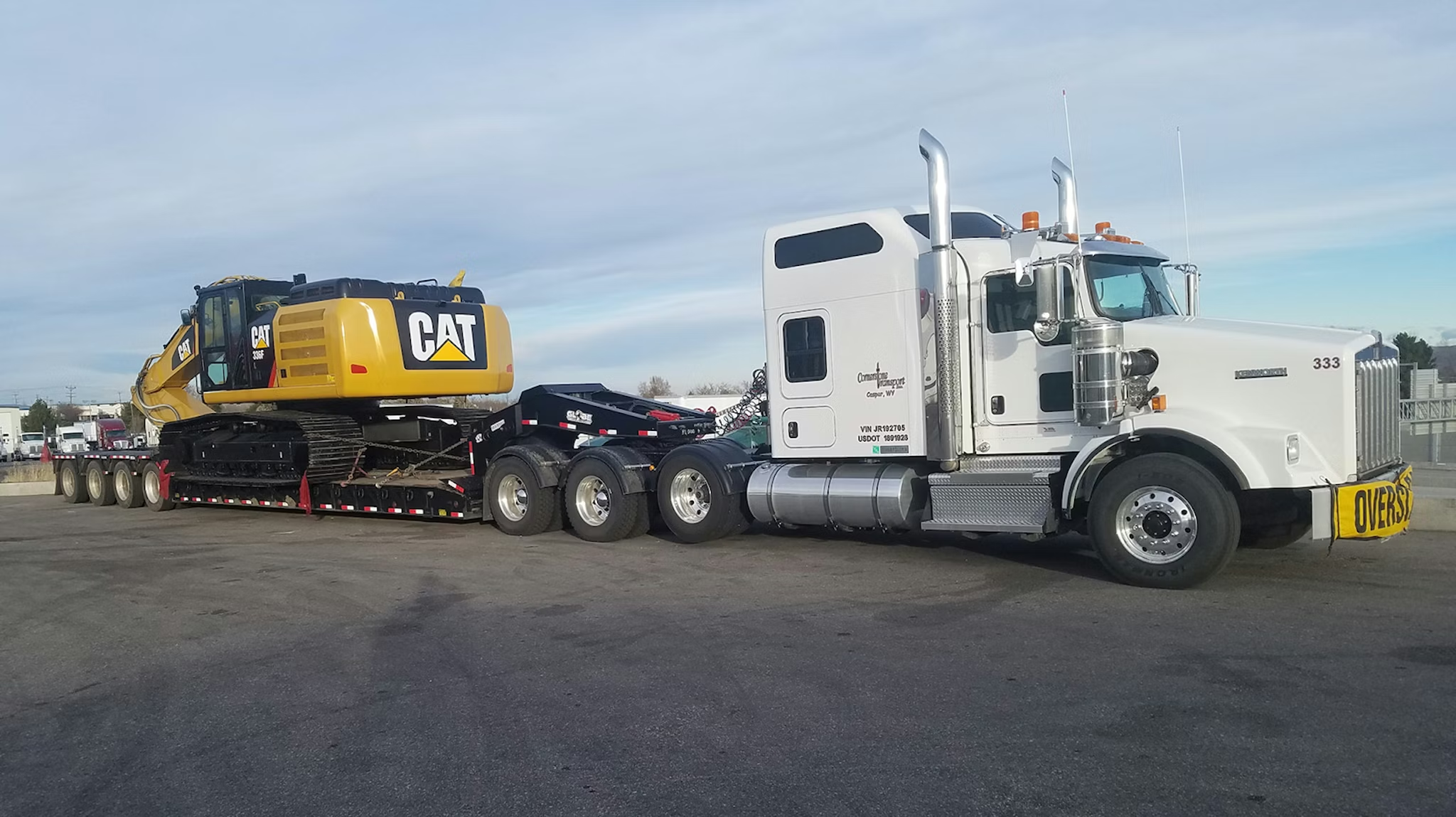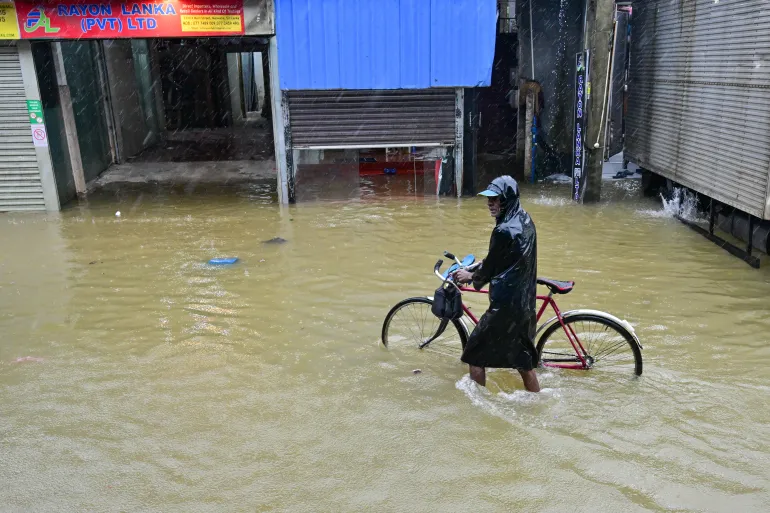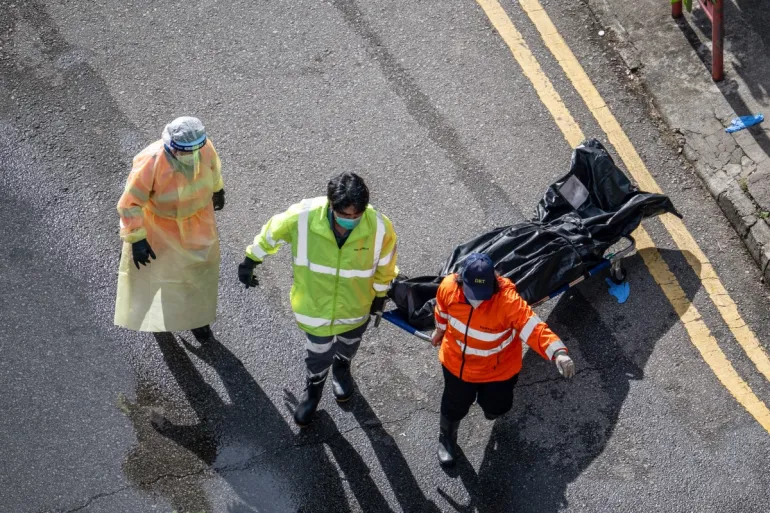Carbon Cash Cow: Wyoming Ranchers Bet Big on Underground CO₂ to Keep the Land — and Wallets — Alive

The original story by Renée Jean for Cowboy State Daily.
A loose-knit crew of about 20 Wyoming ranchers is trying something decidedly un-cowboy: turning their pastures into a giant vault for carbon dioxide. The idea is simple in theory and tricky in practice — pipe CO₂ underground where the geology can lock it away, create a new revenue stream, and keep family operations on the land.
They’ve formed Meriden Carbon, led by CEO and fellow landowner Jeff Kummer, and staked their first “Steamboat” storage hub across roughly 102,000 acres in southeast Wyoming — the same sagebrush country where the legendary bronc Steamboat once roamed. The timing isn’t accidental. Carbon markets are hot, and enhanced oil recovery — injecting CO₂ to squeeze extra barrels out of aging wells — has kept demand for captured carbon humming even as the Trump administration has cooled on large-scale carbon capture.
Kummer says the plan is to drill test wells now, not later, to prove the subsurface can safely store CO₂ and map out how much it can hold.
“We can’t afford to wait,” he says. “Other projects are moving because the market is there.”
Case in point: Tallgrass’s Trailblazer conversion next door, refitting a 400-mile natural gas line to haul more than 10 million tons of CO₂ a year from Midwestern ethanol plants to Wyoming fields for oil recovery, alongside a linked hydrogen effort in Douglas.
Meriden’s project was shortlisted under the Biden administration for about $9 million from the Department of Energy and another $2.75 million from the Wyoming Energy Authority. Then Washington changed. Federal funding has been frozen for months, and DOE just axed billions in similar projects.
“Ours isn’t on that list,” Kummer notes, arguing Wyoming’s friendly geology and massive EOR potential give the venture staying power.
Still, with public money iffy, the group is financing test drilling privately to keep momentum.
Why here? The rocks are right. Beneath these ranches sits a stack of porous formations capped by tight, impermeable layers — the same kind of natural lids that trapped oil and gas for ages. Depending on the target layer, injected CO₂ can mineralize into a chalky solid, dissolve into briny aquifers and sink, or stay trapped in pore spaces under pressure. That science isn’t new; Wyoming and North Dakota researchers have spent decades testing carbon sequestration, including long-running work with Denbury at the Bell Creek field in Montana. The job now is proving this patch works at commercial scale.
For ranchers like Kiel Harding, a fifth-generation cattleman who spun up a direct-to-consumer beef business during the pandemic, carbon is just the latest pivot to keep a family outfit viable.
“This place used to just sell cattle,” he says. “We broke the mold with custom beef, and this is no different. You have to look outside the box so the next generation still has a place here.”
Politics will keep swirling — Trump officials have been openly skeptical of carbon capture outside its oilfield utility, and DOE’s grant spigot has tightened. But market signals are doing their own talking. CO₂ has value to oil producers, buyers are lining up pipeline capacity, and the geology under southeast Wyoming is, by all accounts, the good kind.
If Meriden’s tests confirm what the maps suggest, those “carbon cowboys” could have a new export: invisibly stashing a warming gas for profit, while giving the old ranch economy another way to pencil out.









The latest news in your social feeds
Subscribe to our social media platforms to stay tuned